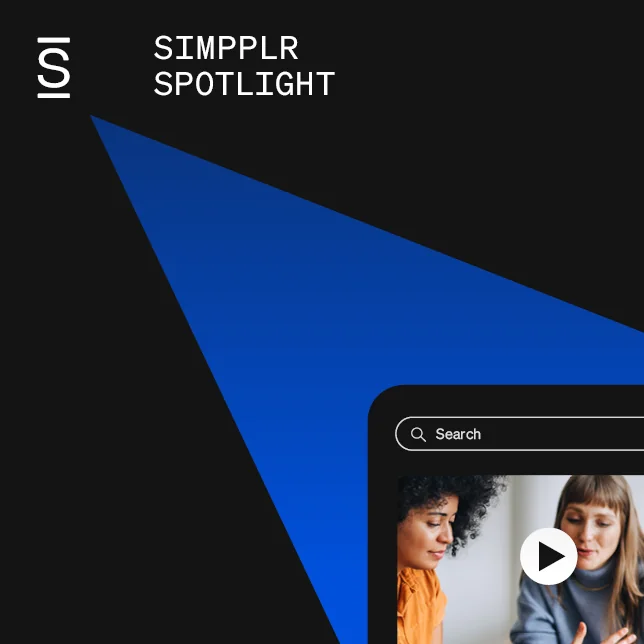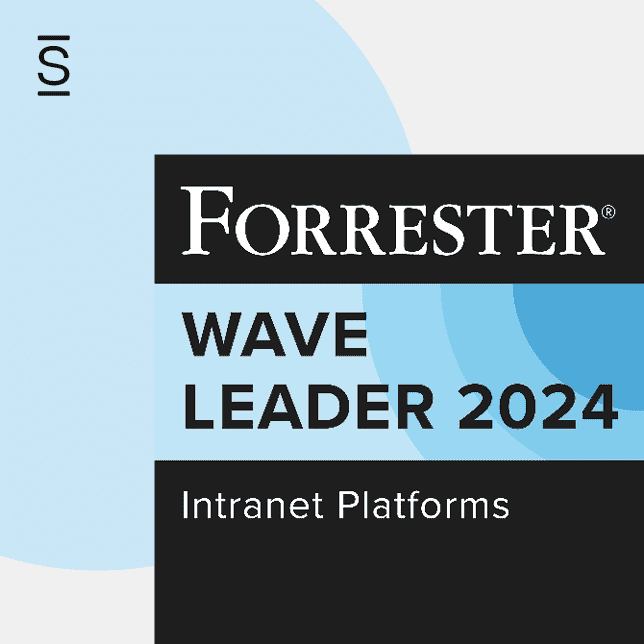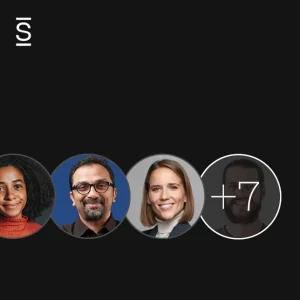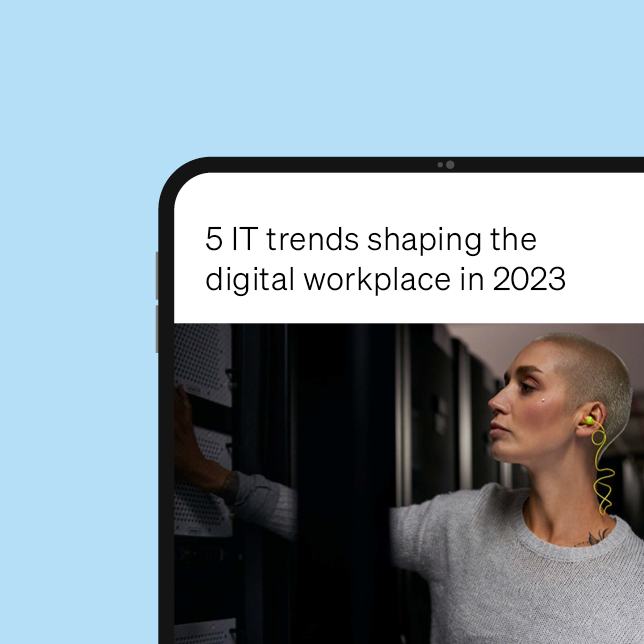We can see the ripple effects of the COVID-19 pandemic in every industry — from supply chains under strain to at-home streaming movie premieres to the widespread adoption of “BOPIS” (buy-online-pickup-in-store) in retail. Digital transformation has accelerated at the civilization level, with a massive uptick in the reported number of customer interactions taking place virtually.
But for many organizations, these external trends driving how products and services are delivered have not been as disruptive as the sudden internal changes to how they operate, communicate, and collaborate. It goes beyond remote work — though perhaps it does start there. In the time since desk workers were first sent home in March 2020, a fundamental shift has taken place with respect to how employees think about the role of work in their lives.
The “Great Resignation” and an evolving employer-employee social contract
Despite productivity continuing to expand on paper and the S&P 500 regularly hitting historic highs, employee sentiment is more volatile than ever. Consider:
- The most recent Bureau of Labor Statistics report shows “quits” (voluntary separations) reaching a new high of 4.3 million in the U.S. in August.
- More than half of employees report considering quitting on some level. They most commonly cite the employee experience, a perceived lack of empathy, and a desire for “flexibility by location, by when they work, or how they work.”
- Among Millennial and Gen-Z workers, 49% of those surveyed said they’d be especially compelled to consider leaving if forced to come back to an office full-time.
Part of this is employees seeing the light around what work/life balance can look like. The benefits of not having to commute. More time with family, friends, and interests. The flexibility around when work is done. The ease of integrating personal needs into the working week.
But the Great Resignation also, as much as anything, reveals an engagement gap. Employees feel detached from their work, their organizations’ missions, and their workplace as a community. It’s a symptom of cultural erosion, and then, a cause of it, with each additional valued employee who walks out the door.
The answer is not more communication
Many organizations have taken this approach, consciously or not. According to a Microsoft analysis, meetings are up 148%, chats are up 45%, and emails increased by 40 billion+ between Feb 2020 and Feb 2021. If anything, these trends contribute to employee burnout.
All of these channels are “streams” — chaotic, unending, and ephemeral. Streams serve us well for raw reach and timely communication. But they can’t create a hierarchical organization of information, or give prominence to the truly essential stuff. Streams put the touchstones of your team’s strategy, execution and culture beside the distracting, useless and mundane (junk email, lunch orders, calendar receipts). And streams bloat, overwhelming employees and burying things as quickly as they appear. If you’re not watching the stream, you’re missing it. Employees have enough “streams.”
Beyond the traditional intranet
Teams regularly turn to intranets when they seek a “single source of truth.” Simpplr research has documented why traditional intranets often fail. Poor UX, unclear governance, disengaged executives, and stale/outdated content are among the leading reasons. But even when they’re implemented beautifully (which can take, on average, more than a year), traditional intranets are just not designed to do what our new reality demands for employee engagement and communication.
Whereas traditional intranets are built for storage, synching, and collaboration, organizations adapting to the new workplace need a “Virtual Headquarters” that can drive reliable reach for top-down and peer-to-peer communication across channels; that is optimized for personalized engagement; that can centralize workplace apps and resources; that can automate everything from content governance to audience targeting; and that can analyze behaviors and content performance so that leaders and communicators can adapt and improve.
The Virtual Headquarters goes beyond merely centralizing information. It creates a gateway to the digital workplace and an environment where employee engagement can happen, whether someone works at a desk in an office or from their home halfway across the world.
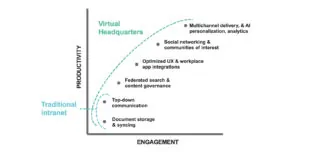
Whereas the traditional intranet can enable some workplace collaboration, the Virtual Headquarters can create a sense of connection and belonging. If the traditional intranet can provide some visibility into leadership’s priorities, the Virtual Headquarters can bring leadership to life across digital channels authentically. An intranet can do so much more than help people find documents. With a Virtual Headquarters approach, it can actually make work meaningful again.
Why act? Why now?
The working world has left behind the old way of doing things, and while some aspects may revert to “normal,” most leaders know we’re never really going back. Communicators — be they executives or internal comms professionals — must simultaneously account for digital transformation in the world at large and the new employer-employee social contract. Meanwhile, execution hinges on employee engagement more than ever. To stem the tide of turnover and engage employees in 2021 and beyond, organizations must remake their digital experiences into human experiences — responsive, immersive, collaborative and personal.



